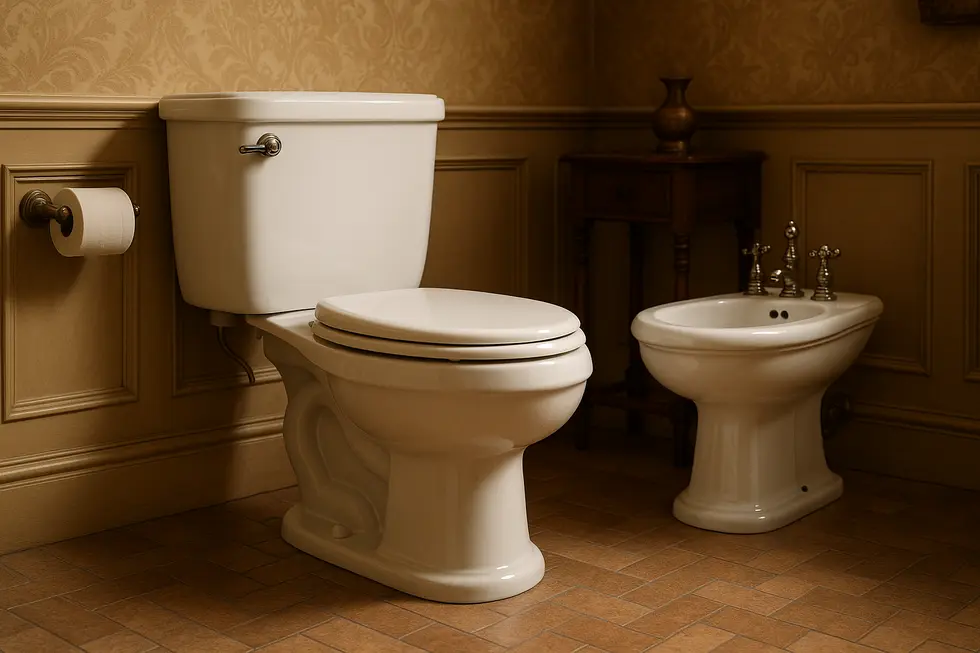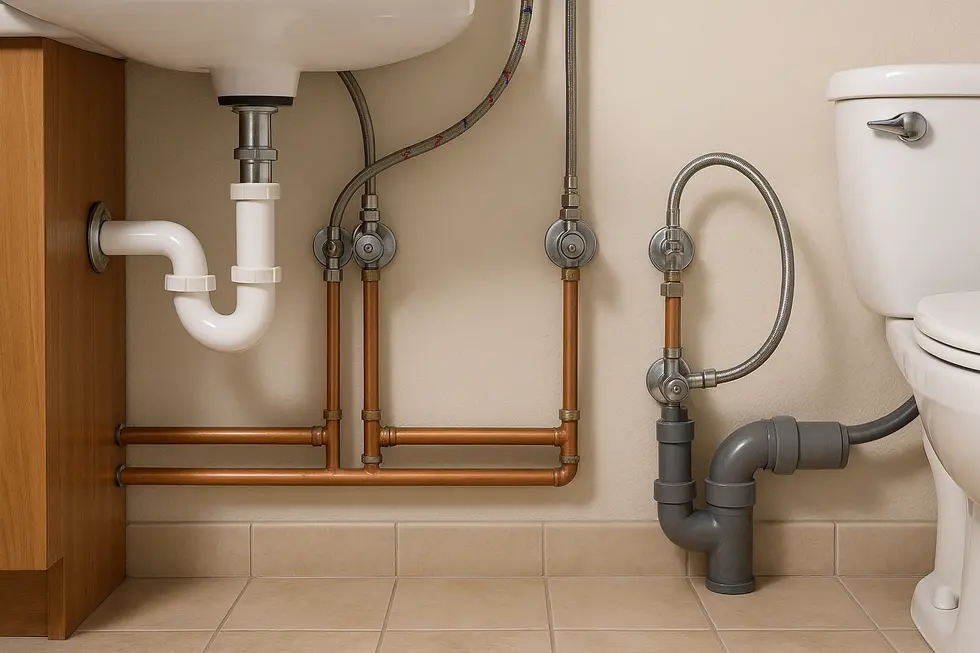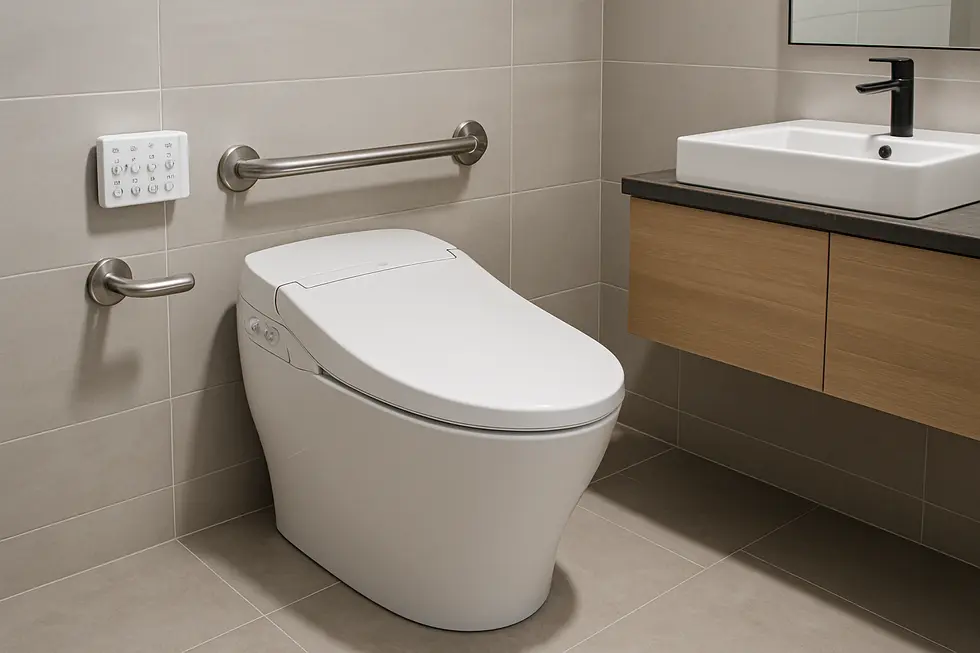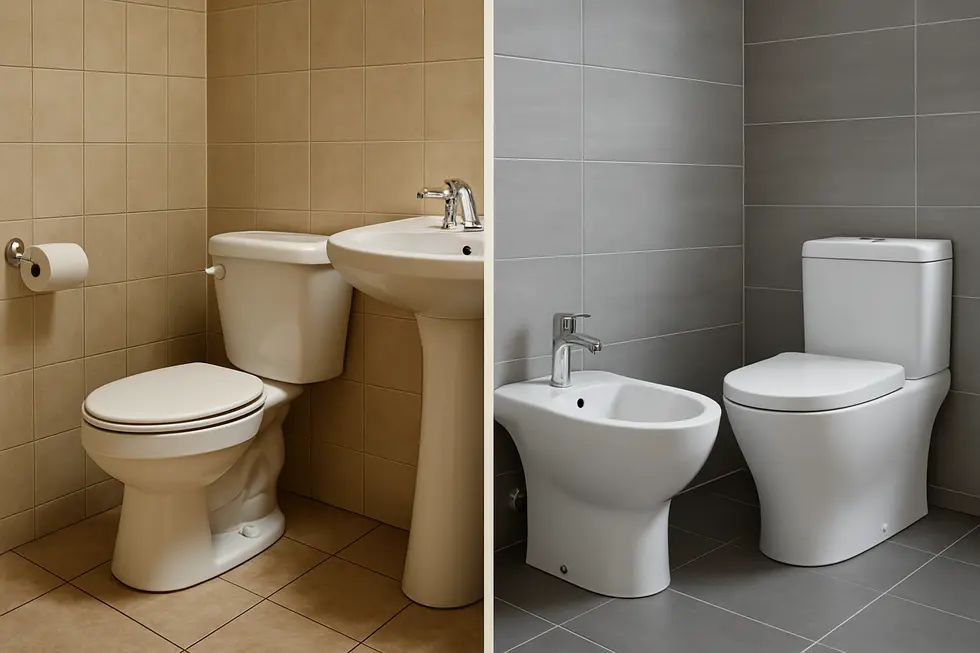Bidet Attachment, Bidet Seat, Handheld Bidet
Unveiling the Mystery: Why Bidets Remain Uncommon in Western Bathrooms
Despite their global acceptance, bidets remain a rare sight in Western bathrooms. Understanding this requires exploring the intricate blend of cultural norms, economic considerations, and technological developments. We delve into the historical roots of Western hygiene habits, analyze economic barriers to bidet adoption, and examine how modern technology and shifting social perceptions might change the landscape.
Cultural and Historical Tapestry of Bidet Usage in Western Societies

The bidet, an invention deeply interwoven with the social fabric of numerous cultures, has remained a peculiar absence in many Western bathrooms. Originating in early 18th century France, the word bidet translates to “little horse,” reflecting its initial design. It served as a cleaning tool for the elite due to the prohibitive cost of its separate plumbing system. Over time, this hygienic marvel traversed Europe, becoming a staple in countries like Italy, France, and Spain, where the Catholic and Orthodox emphasis on cleanliness reinforced its adoption.
However, beyond the European borders, particularly in regions like America and the UK, the bidet found fewer takers. The early adopter’s image of the bidet as a luxury limited its spread. Meanwhile, toilet paper, whose usage can be traced back to ancient China, became fiercely popular. Its convenience and affordability, coupled with the lack of infrastructure for plumbing, entrenched its position. Cultural barriers rooted in the modesty of the Victorian era further cemented this preference.
Despite this, attitudes are shifting. The debate now includes the environmental and hygienic superiority of water-based cleaning systems over what many believe are less effective methods. As plumbing solutions become more cost-effective, and awareness grows, Western societies might finally open their bathroom doors to bidets, bridged by technological innovations and cultural curiosity.
For those intrigued by the idea of bidets but unsure how to integrate them into existing settings, resources are available to guide you on how to add a bidet to an existing toilet.
The Economic Barrier: Unpacking Western Reluctance Towards Bidets

In the exploration of why bidets have not gained widespread acceptance in Western countries, economic factors present a substantial barrier. At the forefront is the initial cost associated with integrating a bidet into existing bathroom setups. Unlike traditional toilets, which are considered standard and thus competitively priced, bidets, viewed as an additional fixture, require a higher upfront investment. This economic consideration is significant when homeowners face the dual financial burden of purchasing the unit and modifying plumbing infrastructure to accommodate it.
Beyond the purchase price, the perceived maintenance costs can deter potential adopters. The technology involved in modern bidet systems, especially those offering advanced features like heated seats, air drying, and adjustable water pressure, can seem complex, contributing to fears over costly repairs or replacements. Consequently, these economic apprehensions stymie the shift from conventional toilet practices, where a roll of toilet paper suffices without further financial outlay.
Additionally, the economic argument extends into cultural domains, wherein the ingrained preference for toilet paper is further bolstered by its relatively negligible cost and ubiquity. However, the tide may slowly turn as awareness of the long-term cost benefits of reduced toilet paper usage grows, alongside environmental incentives. Bridges to this potential transition include the rise of affordable bidet attachments that circumvent the need for extensive plumbing overhauls. This evolving market reflects a burgeoning interest in budget-conscious, environmentally beneficial solutions, highlighted by the increasing prevalence of bidet products in household discussions.
For those intrigued by such sustainable bathroom innovations, considering the economic landscape, you can explore more options for integrating bidet technology with existing bathrooms here: Bidet Attachments for Every Toilet.
A Modern Twist on the Bidet: Technology and Cultural Shifts

Despite originating from Europe, where they are widely embraced, the bidet hasn’t found the same level of popularity in Western societies, like the United States. Technological advancements in bidet design have introduced features such as heated seats, self-cleaning nozzles, and massaging jets, offering an enhanced hygiene experience. These improvements have been crucial in boosting global interest and market growth for bidets. Yet, in parts of the West, cultural perceptions still overshadow these innovations. For instance, the notion of bidets as luxury items remains prevalent due to longstanding consumer habits centered around toilet paper.
The growing narrative around sustainability and environmental responsibility might gradually alter these perceptions. Bidets offer significant environmental benefits, primarily by reducing the reliance on toilet paper, which aligns with the increasing tendency towards green living. There’s a visible trend where Western countries are beginning to acknowledge these advantages. Public places, infrastructure development, and eco-conscious millennials are driving a cultural shift towards adopting bidets, albeit slowly.
Moreover, the integration of bidets with emerging smart bathroom technology is revolutionizing the user experience. These smart systems, characterized by automation and connectivity, present a compelling case for how modern bathrooms could evolve. Smart toilets with bidet functionalities are examples of how these advancements are paving the way for enhanced convenience and hygiene. As homes become more connected, the appeal of integrating bidets with overall smart home systems highlights a future where cultural resistance may diminish, giving way to acceptance driven by technology and ecological awareness. For those curious about ways to include this technology in their lives, exploring how to add a bidet to an existing toilet offers practical insights.
Final thoughts
Bidets’ limited presence in Western homes is a complex issue woven from historical, economical, and social fibers. As new designs break barriers of cost and accessibility, and as attitudes shift through exposure and awareness, the future promises a broader embrace of bidets in Western personal care routines.
Experience a new standard of clean with PEGABidet—designed for comfort, safety, and independence. Join thousands who trust us to make personal care simple and dignified. Contact us contact@pegabidet.com
About us
PEGABidet is a brand owned by L.A NEXTGEN LLC, based in California. We design intuitive, hygienic, and accessible bathroom solutions that prioritize safety, dignity, and independence. Our mission is to make personal care effortless and empowering for people at every stage of life.

